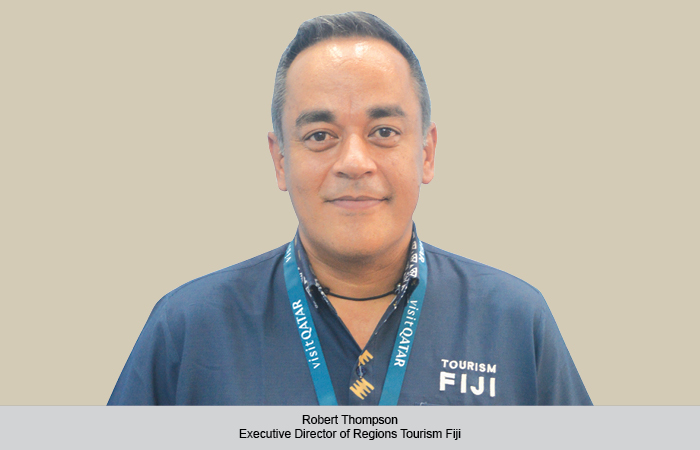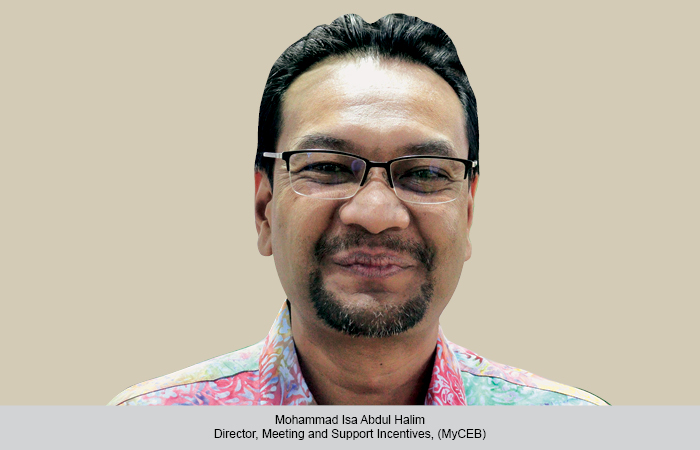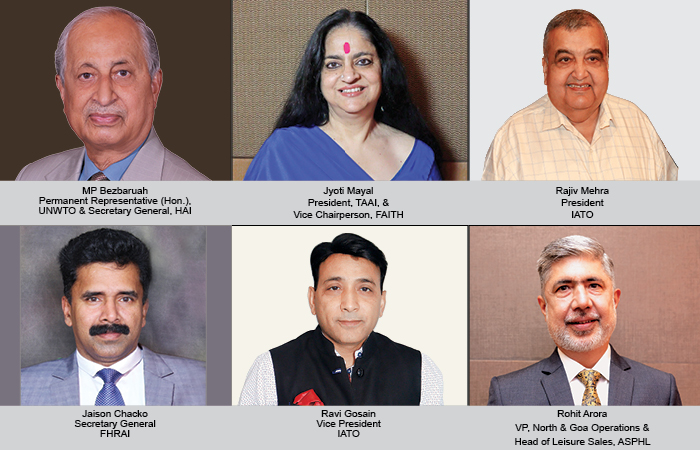Joel Katz, Managing Director (Australasia), CLIA, highlights how the global cruise tourism market has changed post COVID, some of the successful strategies being adopted by countries internationally for sustainable and responsible cruise tourism development, and the lessons that India can learn from them.
Hazel Jain
Joel Katz, MD (Australasia), CLIA, is keenly following the Indian cruise tourism segment. His interest in India was reflected in his presence at the G20 meeting held in Goa.
He says, “India has set goals to increase cruise passenger traffic by 10 times, to about 4 million annually, with an expected economic potential of up to US $5.5 billion in the future. These goals are indeed ambitious, but I believe having a clearly defined strategy, supported by firm objectives and initiatives, is enormously positive.”
He underlines that by creating alignment on key factors like infrastructure upgrades, rationalization of port charges and fees, priority berthing for cruise ships and streamlining of electronic visa requirements, we can see a vision for cruising in India that is based on constructive policy and an improved operating environment for cruise lines.”
He feels that right now, India’s cruise economy is relatively modest compared to several other destinations in Asia. In 2019, CLIA commissioned a deployment research and analysis for Asian destinations, including India. It showed India to be outside the top 10 cruise destinations in the region but showing impressive growth. At a time when 39 cruise brands were actively operating in Asian waters, deploying a total of 79 ships, India attracted 284 port calls over the course of that year – an increase over the previous year of more than 130 per cent. Growth rates over the previous five years had ranged between 9 and 35 per cent.
More than 400,000 passenger destination days were recorded by India during 2019, chiefly visiting five key ports. “In Goa, the port of Mormugao is India’s clear leader, attracting almost half of the country’s port calls. Other primary destinations include Cochin, Mumbai, Mangalore and Port Blair in the Andaman Islands. But where India’s port calls number in the hundreds, other Asian destinations like Japan and China have welcomed port call figures in the thousands per year. As many as 12 other Asian destinations sit higher than India on the chart, which suggests there is still a great deal of untapped potential for cruising here,” Katz says.
India as source market
As a source market, however, India ranks much higher among its Asian counterparts. In 2019, India contributed around 313,000 passengers to cruise operations internationally, an increase over the previous year of more than 40 per cent. India’s source market had grown at double-digit rates for several consecutive years, putting India behind only Mainland China, Taiwan and Singapore in the Asia region, and ahead of Japan and Hong Kong. Katz adds that to grow as a cruise destination, India must seek collaborations – among tourism authorities, local and national governments, cruise lines, tourism operators, port operators, ground operators, suppliers, food producers, technical support providers, local chambers of commerce, and retail associations – the list goes on. “These collaborations might be led by government or by tourism authorities, or at a grass roots level they might be united by local business working groups and passionate individuals,” he says.
Strategic areas for India must include:
- Attracting more cruise ship visits – considering the destination’s capabilities and whether that involves a mix of smaller vessels with high-spending guests, and larger ships with a greater overall spend.
- The onshore offering – ways to foster and develop shore excursion operators, attractions and retailers, in ways that create connections and ensure the right capabilities are there.
- Having the right infrastructure – considering the facilities in place to accommodate berthing and operational support services, meeting customer expectations both now and into the future.
- Factoring in sustainability requirements – from meeting cruise line needs in terms of sustainable suppliers, to planning the infrastructure for next generation fuel supplies and shore power.
 TravTalk India Online Magazine
TravTalk India Online Magazine





